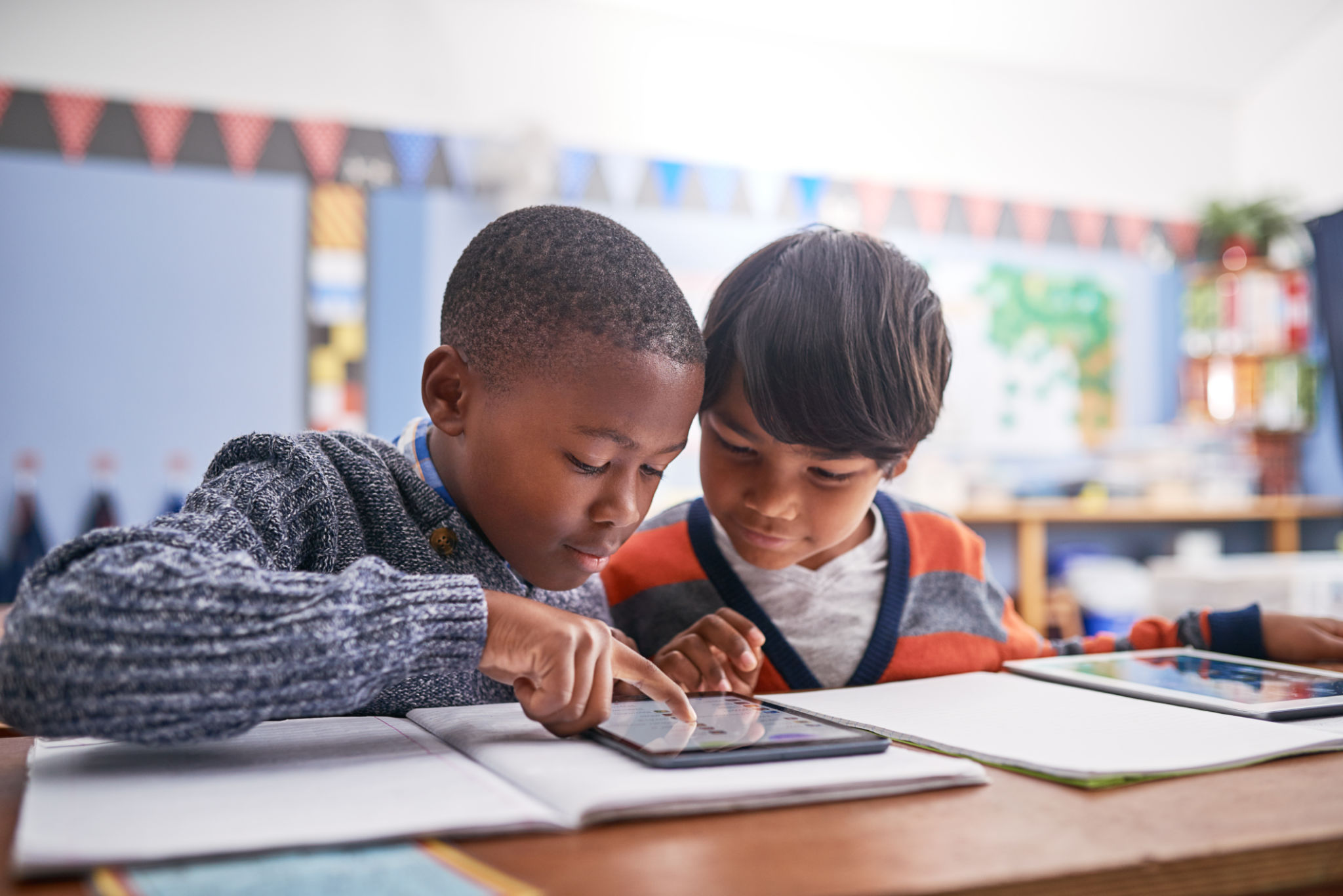Expert Insights: The Future of Interactive Screens in Education
Embracing the Digital Transformation in Classrooms
As technology continues to evolve, the landscape of education is undergoing a significant transformation. One of the most exciting advancements in this realm is the integration of interactive screens in classrooms. These tools are not just about replacing traditional chalkboards; they are about creating an immersive learning environment that enhances student engagement and participation.
Interactive screens offer a dynamic platform for teachers to present information in ways that were previously unimaginable. By combining visuals, audio, and interactive elements, educators can create lessons that cater to different learning styles, making it easier for students to grasp complex concepts.

Benefits of Interactive Screens
Interactive screens provide numerous advantages that can revolutionize the way education is delivered. Firstly, they promote active learning. Students can engage with the material directly, whether it's through manipulating objects on the screen or participating in interactive quizzes and games. This hands-on approach helps to reinforce learning and improve retention.
Moreover, these screens foster collaboration. With multi-touch capabilities, several students can work on the screen at once, encouraging teamwork and communication. This not only helps students learn from each other but also prepares them for collaborative work environments in the future.
The Role of Interactive Screens in Personalized Learning
Another key benefit of interactive screens is their ability to support personalized learning. Teachers can tailor lessons to meet the specific needs of individual students, providing differentiated instruction that can accommodate various learning paces and styles. Interactive screens can also offer real-time feedback, helping students to self-assess and adjust their learning strategies as needed.

Furthermore, these tools can integrate with various educational software and apps, offering a wealth of resources and activities that can be customized to fit each student’s educational journey. This level of personalization ensures that all students, regardless of their learning abilities, have the opportunity to succeed.
Challenges and Considerations
While the benefits are clear, the transition to using interactive screens is not without its challenges. Schools must consider the costs associated with purchasing and maintaining this technology. Additionally, there is a need for adequate training for teachers to effectively incorporate interactive screens into their teaching practices.
There is also the consideration of digital equity. Ensuring that all students have equal access to this technology is paramount. Schools must work towards bridging the digital divide, providing resources and support to students from all backgrounds.

The Future Outlook
The future of interactive screens in education looks promising. As technology advances, these tools will become more sophisticated, offering even greater opportunities for innovation in teaching and learning. With ongoing investments in education technology and a growing understanding of its benefits, interactive screens are set to become a staple in classrooms around the world.
Ultimately, the successful integration of interactive screens in education will require collaboration between educators, technology providers, and policymakers. Together, they can ensure that these tools are used effectively to enhance learning outcomes and prepare students for a digital future.
